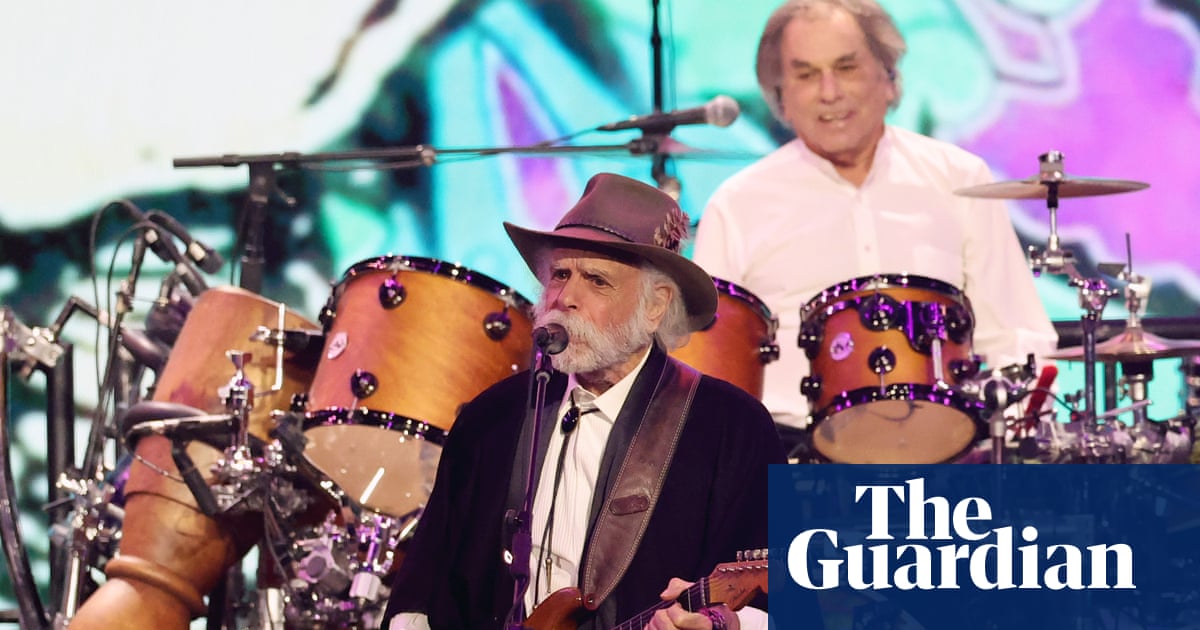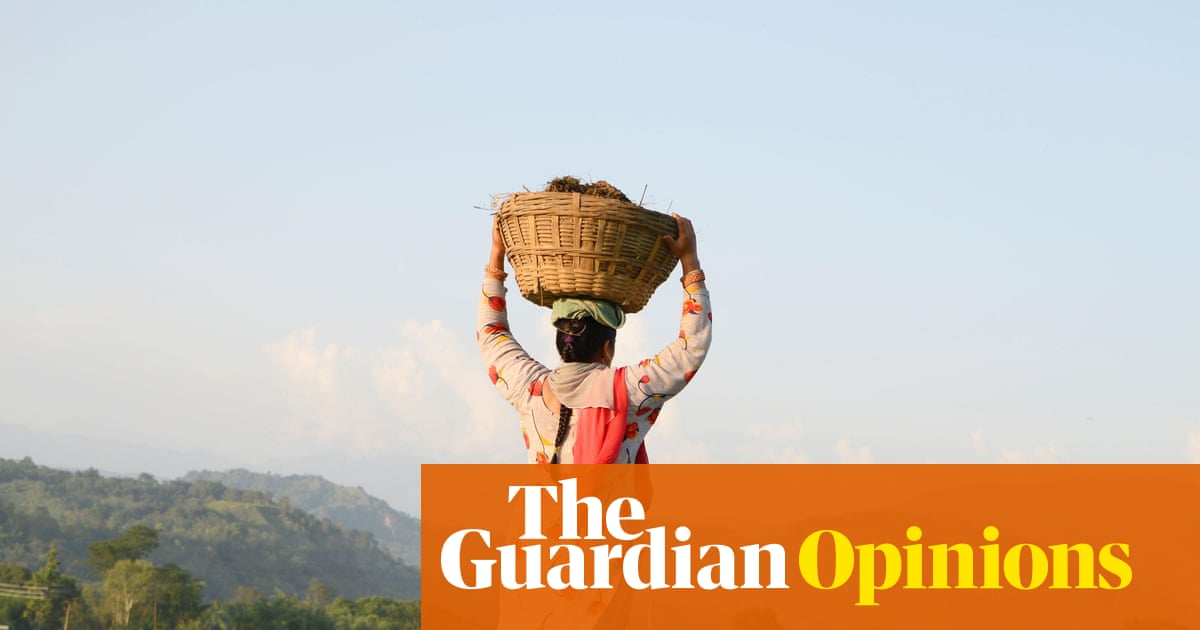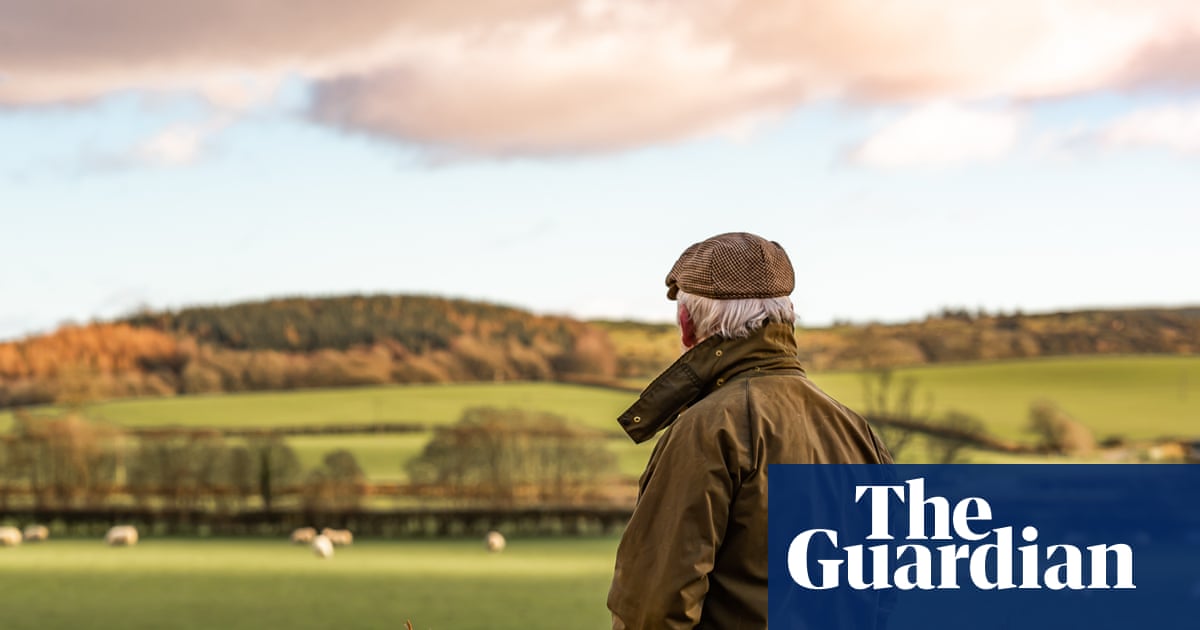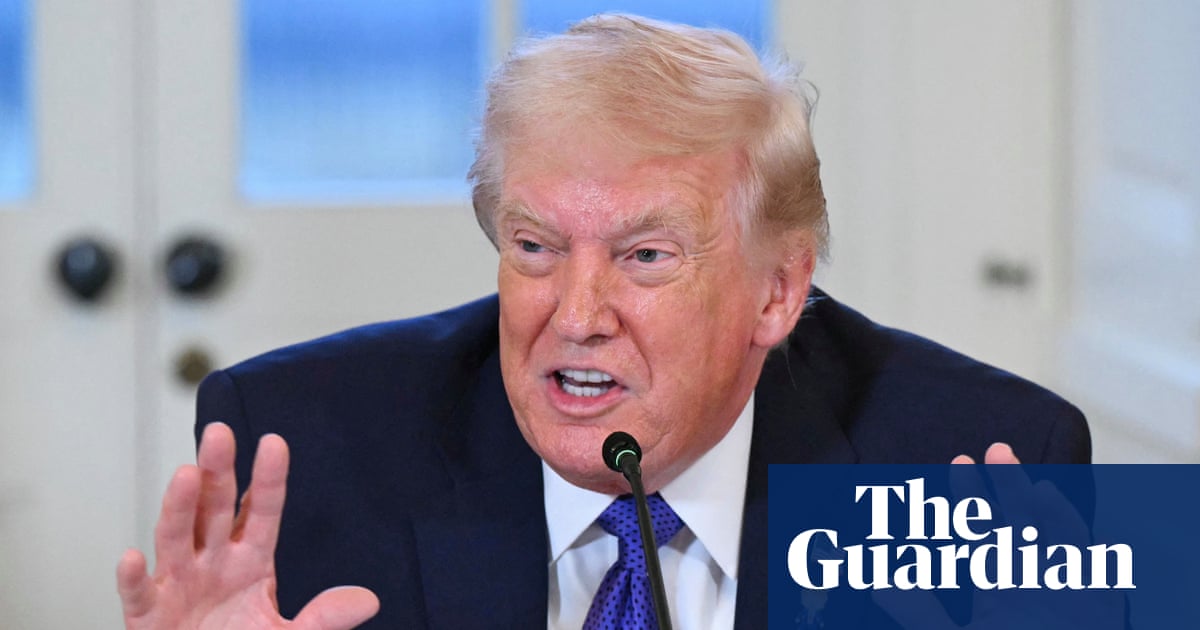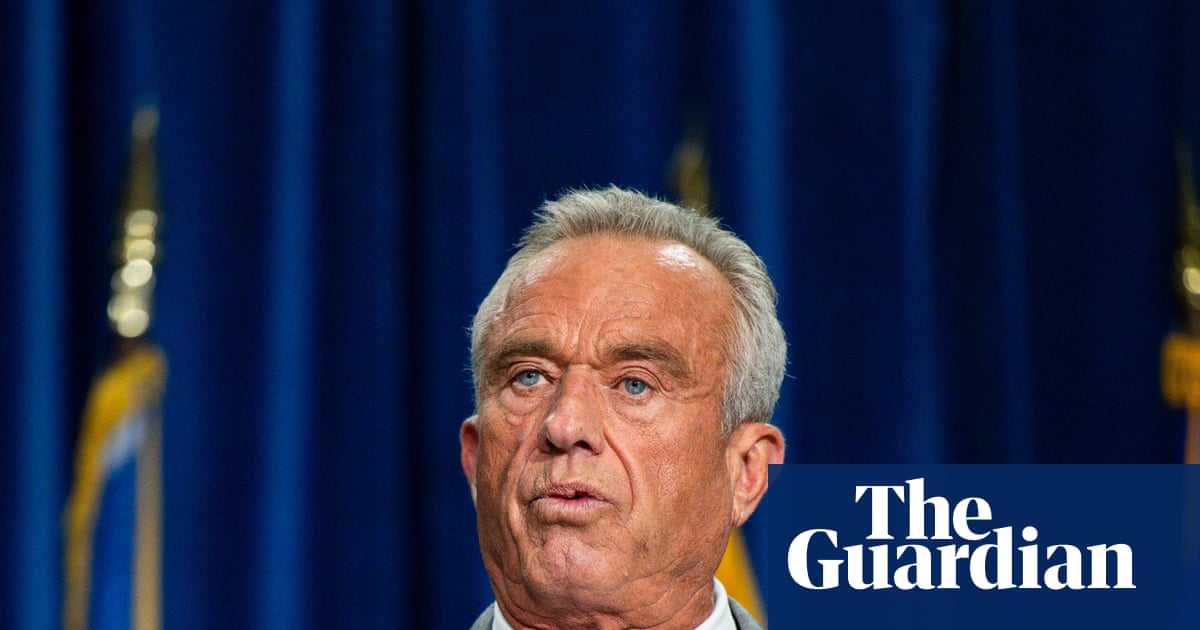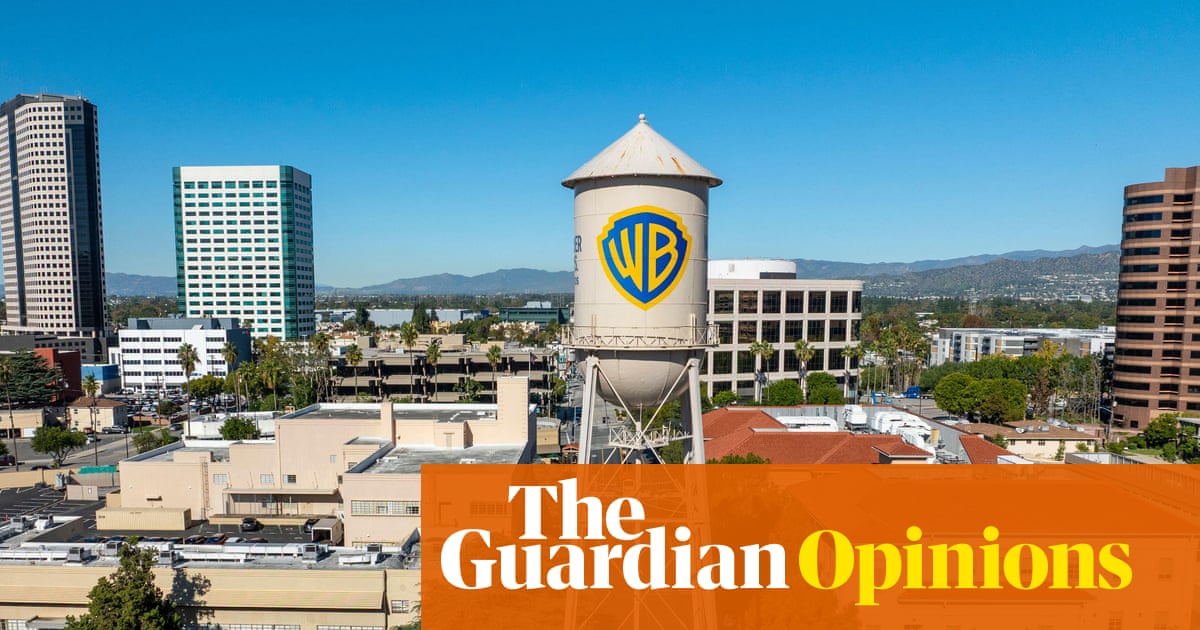For Bolivian park ranger Marcos Uzquiano, the fallout from wildfires in the Amazon goes far beyond the damage they do to wildlife and biodiversity. “It’s devastating – it undermines all the functions and benefits that forests provide to Indigenous communities. They affect the air we breathe and cause respiratory infections, eye irritation and throat inflammation,” he says.
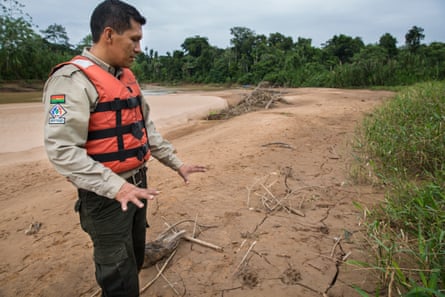
Uzquiano’s experience at Beni Biosphere Reserve is reflected in new research which suggests that preserving Amazonian forests helps to protect millions from disease. Analysing 20 years of data on 27 diseases – including malaria, Chagas disease and hantavirus – researchers found that municipalities in the Amazon biome near healthy forests on Indigenous lands across eight countries faced a lower risk of disease.
The study reveals a reduction in respiratory and cardiovascular problems linked to wildfire smoke, as well as diseases spread when deforestation brings humans into closer contact with animals and insects.
“Indigenous forests in the Amazon bring health benefits to millions,” says Paula Prist, senior programme coordinator of the forests and grasslands team at the International Union for Conservation of Nature (IUCN), and an author of the study.
Ana Filipa Palmeirim, at the Federal University of Pará in Brazil and co-author of the study, says: “Even when fires take place in remote forest areas, winds spread the pollution far and wide, creating deadly public health emergencies.”
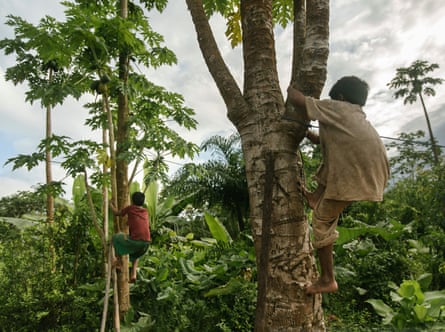
The findings come during fire season in the Amazon region, when seasonal blazes are driven by drought, the climate crisis and agricultural expansion, with large ranches and farms using fire to clear land. The Amazon region has experienced record forest loss in recent years, with fires a crucial driver.
Exposure to smoke from wildfires is known to be harmful to human health and may be linked to conditions from cardiovascular disease to cancer. Scientists estimate they cause thousands of premature deaths from lung cancer and cardiopulmonary disease.
“We need forests to be protected, not only for climate change mitigation but also for our own health,” says Prist.
Previous studies have shown that Indigenous lands are largely forest-covered, especially when those territories are legally titled, which researchers say is linked to Indigenous land management practices. The new study, published in Communications Earth and Environment, stresses that legal recognition of Indigenous lands is key.
“Indigenous-held lands with secure land tenure lose less tree cover, which helps keep forests intact and allows them to store more carbon and support higher biodiversity,” says James MacCarthy, research associate at World Resources Institute’s (WRI) Global Forest Watch, which was not involved in the study. “Securing Indigenous land rights is one of the most effective strategies for protecting forests in the Amazon.”
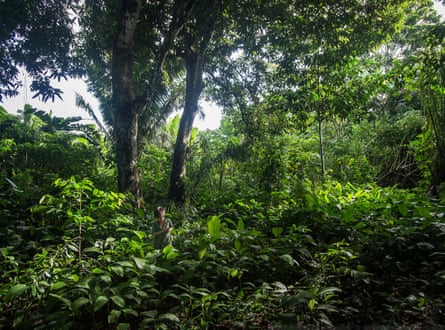
Another recent report by WRI and World Wildlife Fund, authored by MacCarthy, underscores the critical role Indigenous lands play in conserving forests. “Both studies highlight the importance of ending deforestation and supporting Indigenous leadership, which is critical for reducing fire risk,” says MacCarthy.
Bolivia had record tropical primary forest loss driven by wildfires in 2024, ranking second only to Brazil – a country eight times its size.
after newsletter promotion
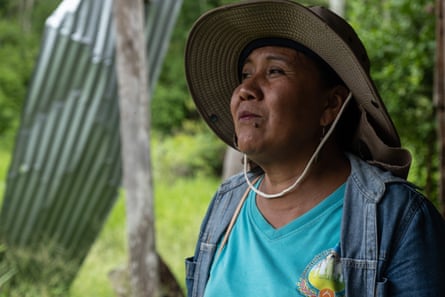
“When the forests burn, a big part of our lives burn too,” says Isabel Surubí Pesoa, who was displaced from her home in an Indigenous territory in Bolivia’s eastern lowlands as a result of fire and drought. “The forest is our home, it is where we get medicines, where we plant crops, where we get clean oxygen to breathe,” she says. “When the forest burns, the sicknesses come.”
Her sister, Verónica Surubí Pesoa, says young people in her community of San Javier have died from lung complications after battling last year’s fires, including a 26-year-old man. Several hours away in the town of Santa Ana de Velasco, nurse Wilmar Cristian Gonzales Ortiz says many young patients are now struggling with pneumonia and other respiratory problems after heavy smoke exposure last year.
For Uzquiano, the impacts of fires go beyond physical health. “Emotionally, we feel an emptiness after each forest fire, with only silence remaining after you see your forest turned to ash,” he says.
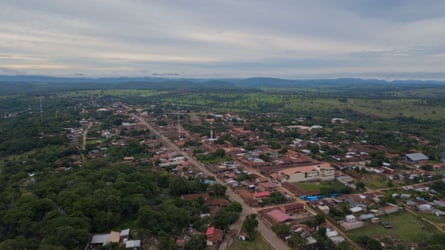
Scientists say the Amazon is also important for human life far beyond the tropics. Evapotranspiration from the Amazon is a critical water source for the central Andes of Bolivia and Peru, says Marcos Andrade Flores, an atmospheric physicist at the Universidad Mayor de San Andrés in La Paz, Bolivia.
“If you cut down the forest on a large scale, the transportation of moisture could destabilise and change to a dry system,” he says. “It would be catastrophic.”
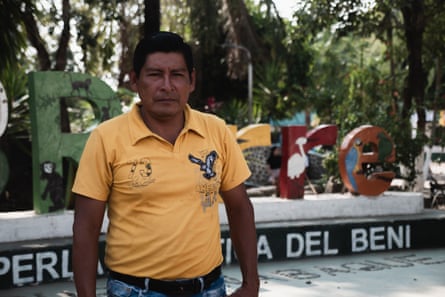
The new study emphasises that legal recognition of Indigenous territories is key to enabling effective forest stewardship. “Our parents and grandparents marched to demand that our territories be respected, demanding security and land titles,” says Vicente Canare, the secretary of land and territory at CPILAP, an Indigenous organisation in Bolivia’s north-western Amazon, referring to a series of 640km marches for Indigenous rights in the 1990s and early 2000s. “It is thanks to those marches that we can now decide how to best conserve our territory.”
But Bolivia is in the middle of elections, with a conservative and centre-right candidate set to head to a runoff in October. With campaign promises to eliminate communal property in favour of individual land titles, Indigenous communities worry they could lose territorial autonomy.
“They are essentially offering up our territory for sale,” says Verónica. “Everything could be lost.”
With the Cop30 UN climate summit slated to take place in Brazil this November, researchers hope the study will be an impetus for international collaboration. “Particulate matter emissions due to forest fires, and their related health impacts, transcend national borders,” says Florencia Sangermano, a co-author of the study at Clark University in the US. “International collaborative frameworks that align forest protection, Indigenous stewardship and fire mitigation strategies across the Amazon biome are essential.”
Katie Reytar, a senior research associate at WRI’s Land and Carbon Lab, says the benefits to ecosystems of titled Indigenous forests are significant. A 2016 report estimated that securing Indigenous land rights in Bolivia, Brazil and Colombia would generate at least $679bn (£502bn) in carbon storage and other ecosystem services over two decades.

“Adding in the human health and disease prevention dimension would increase these values even further,” she says.
For communities in the Amazon, the link between preserving forests and protecting health is clear, says Uzquiano. “You don’t need studies to know that people here are joyful – we live from nature’s benefits,” he says, warning that research alone won’t protect that future. “If we want to strengthen the resilience of Indigenous peoples, they must be matched with real programmes and projects.”

 3 months ago
122
3 months ago
122





